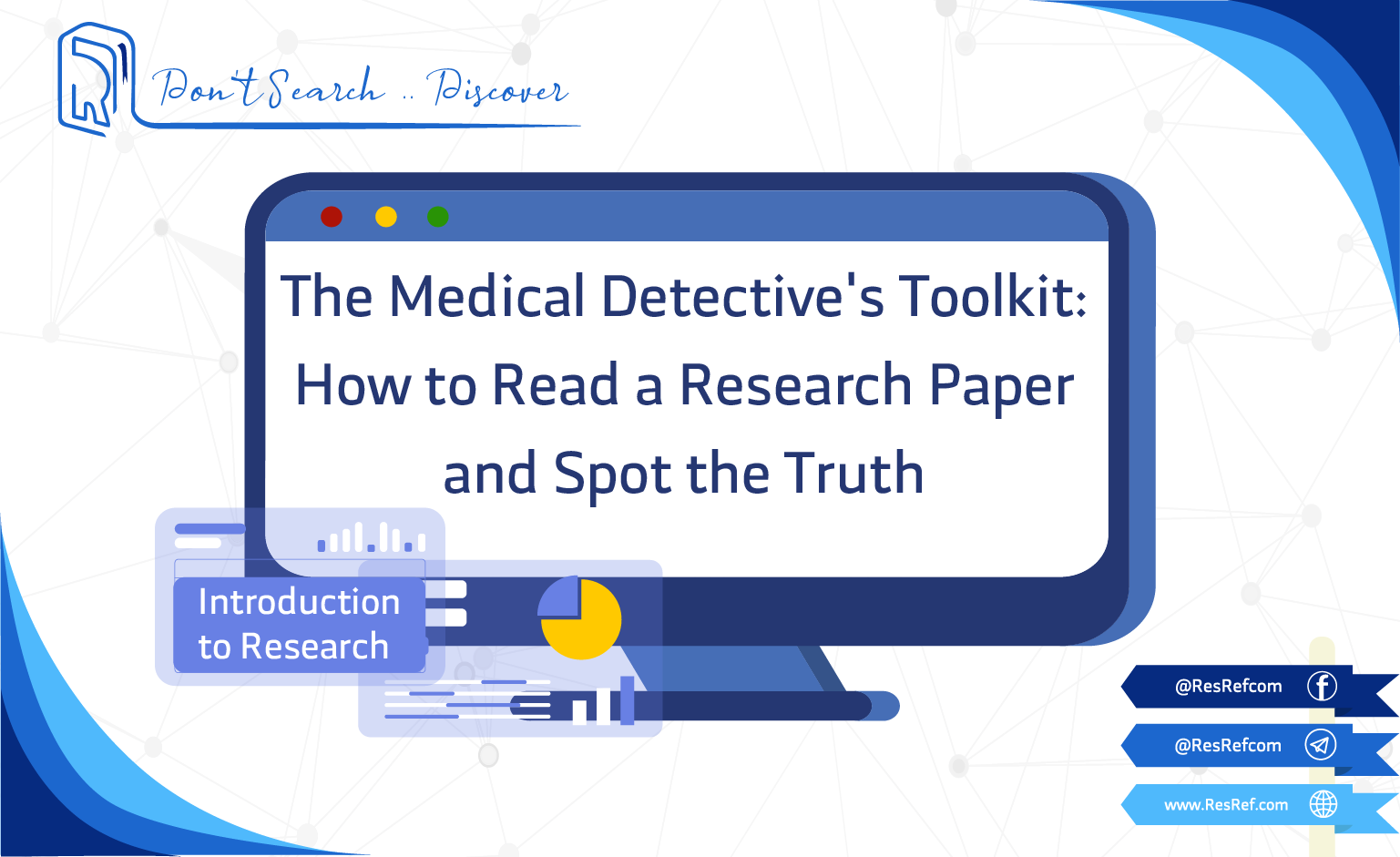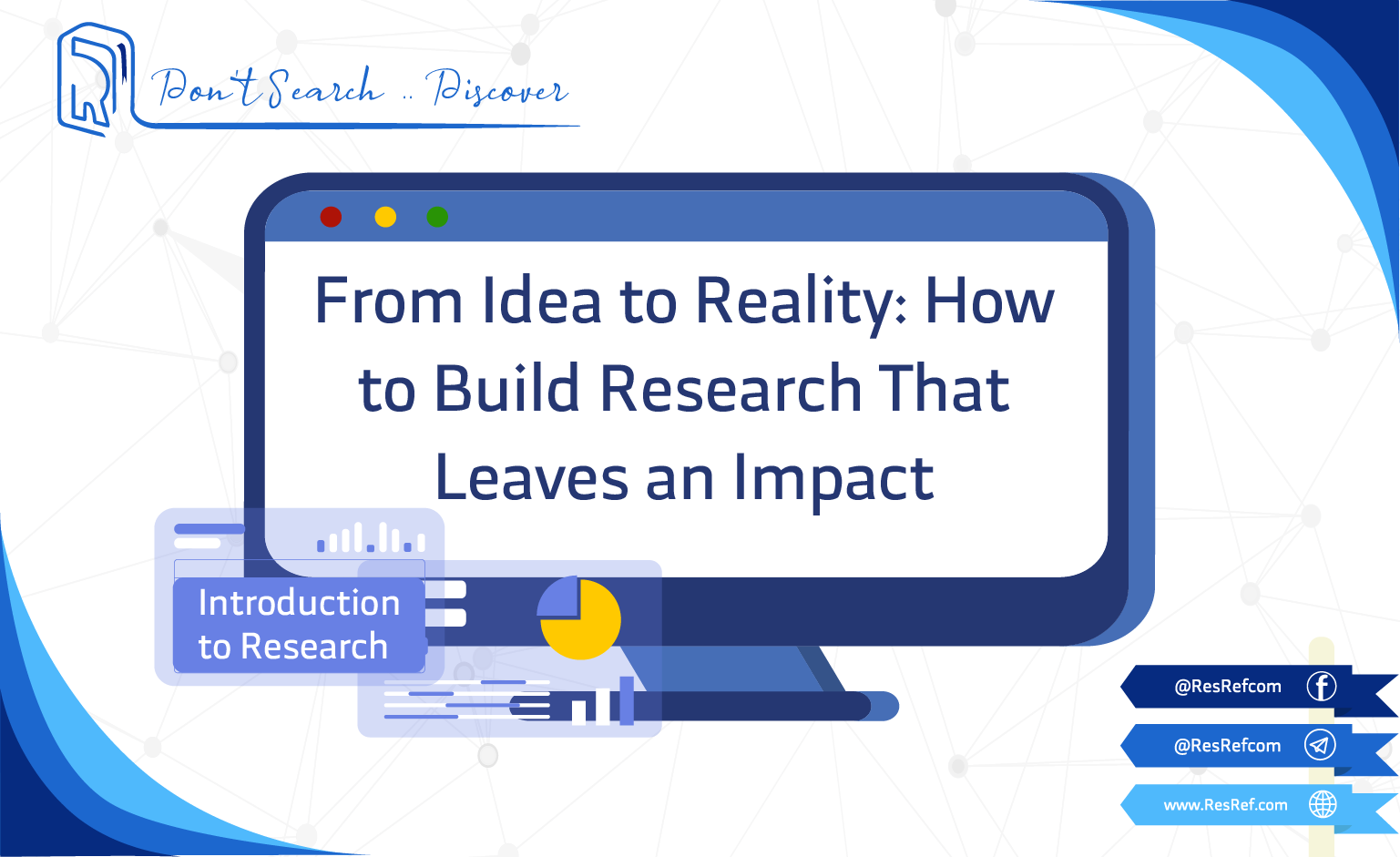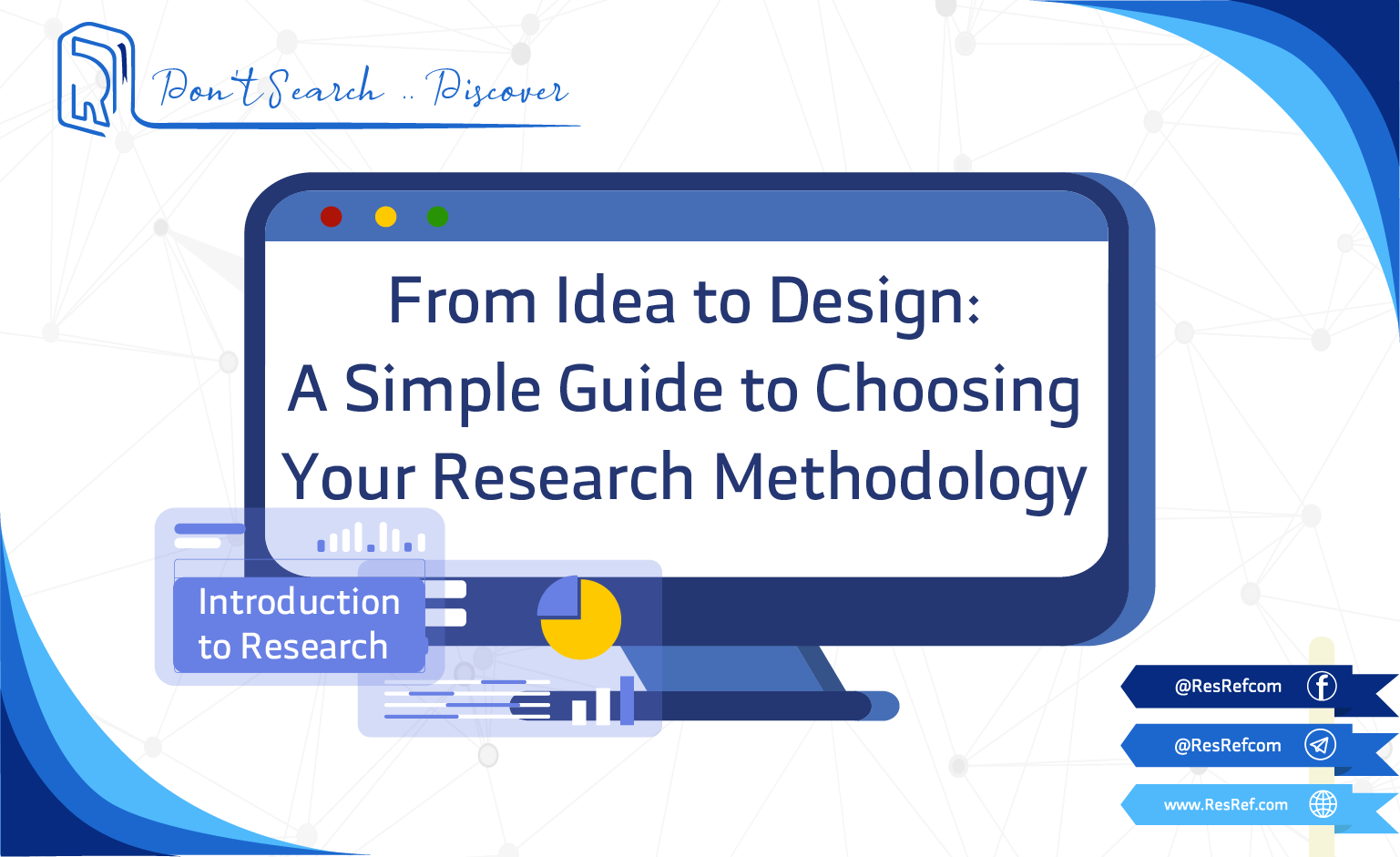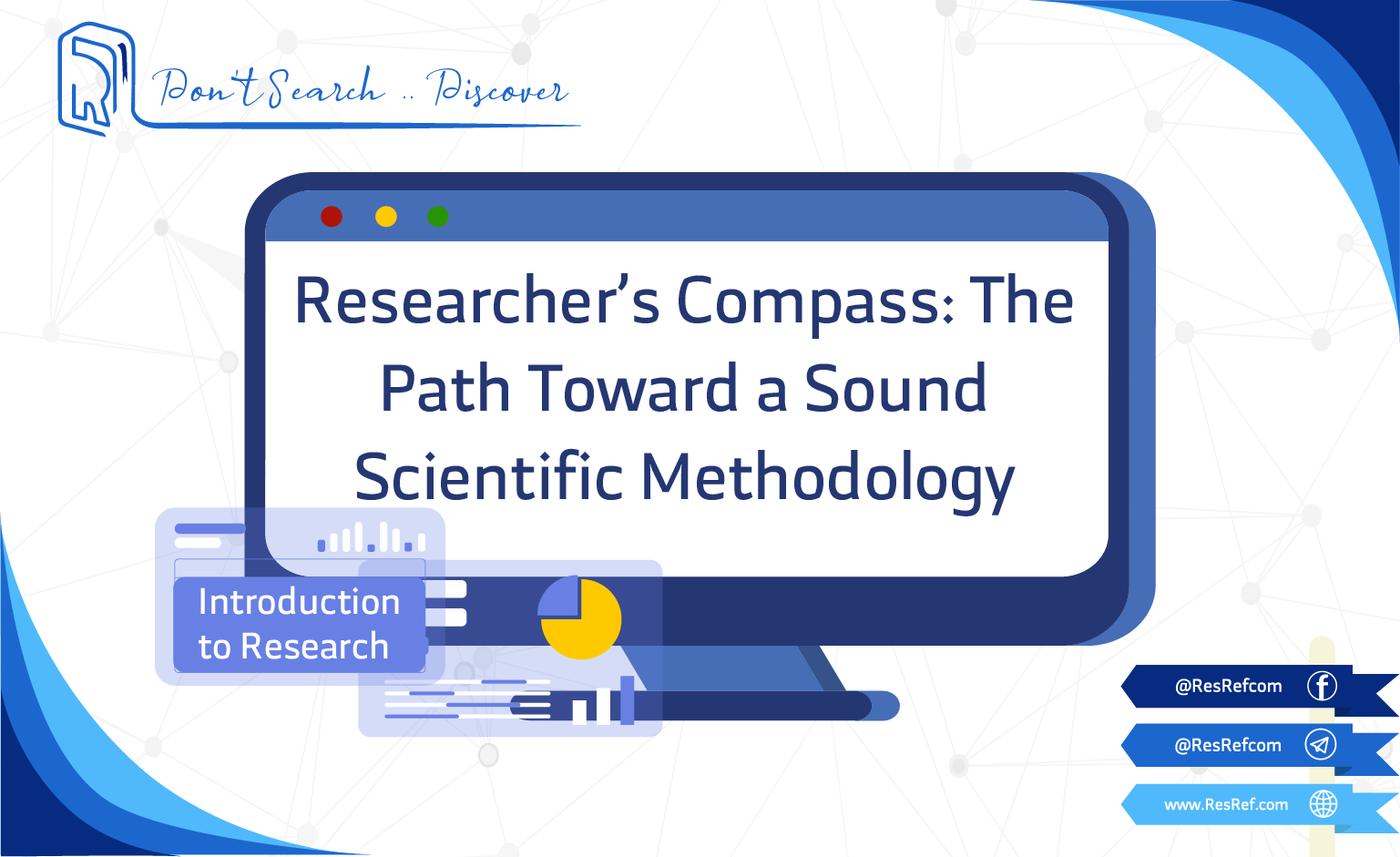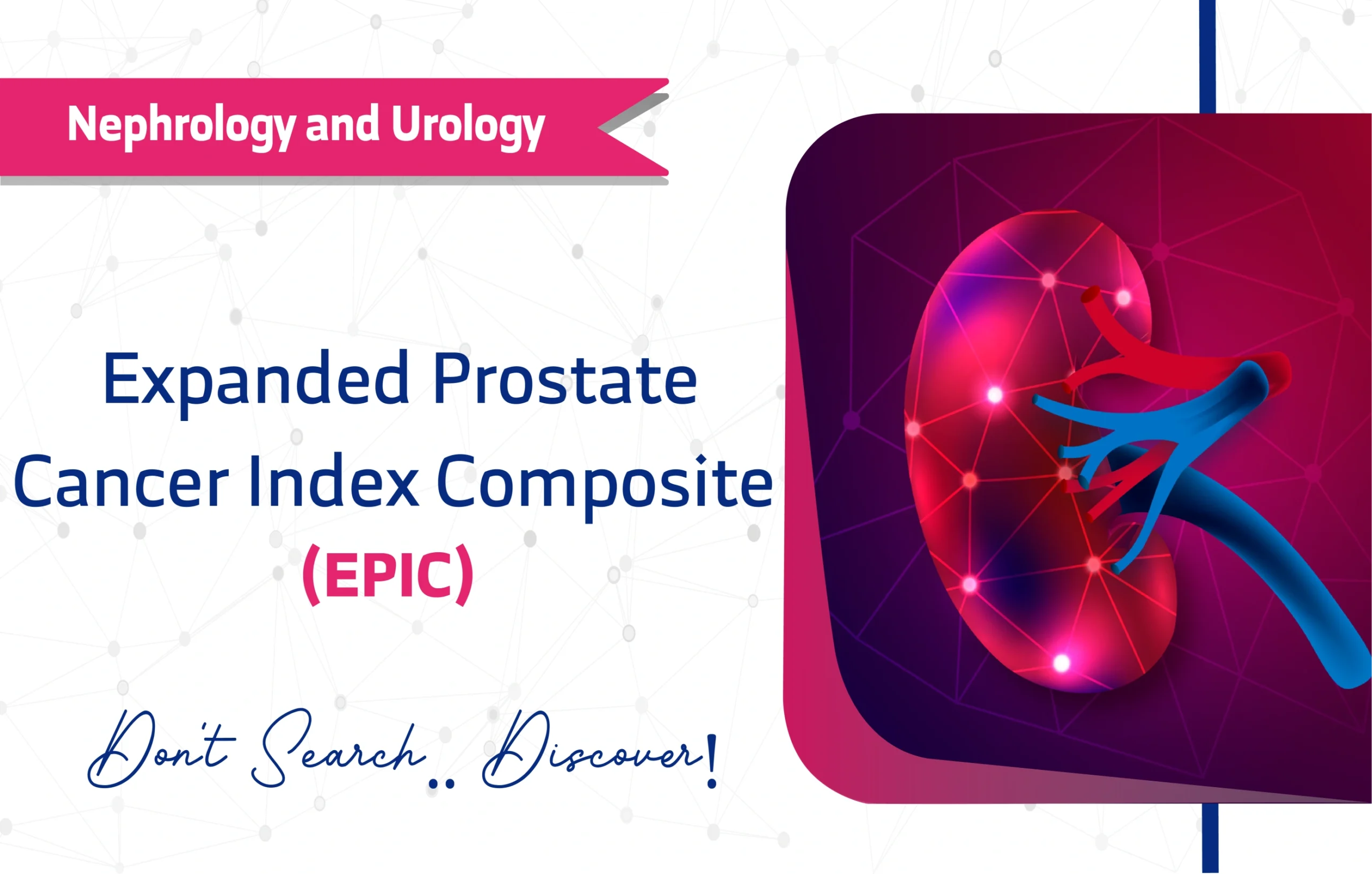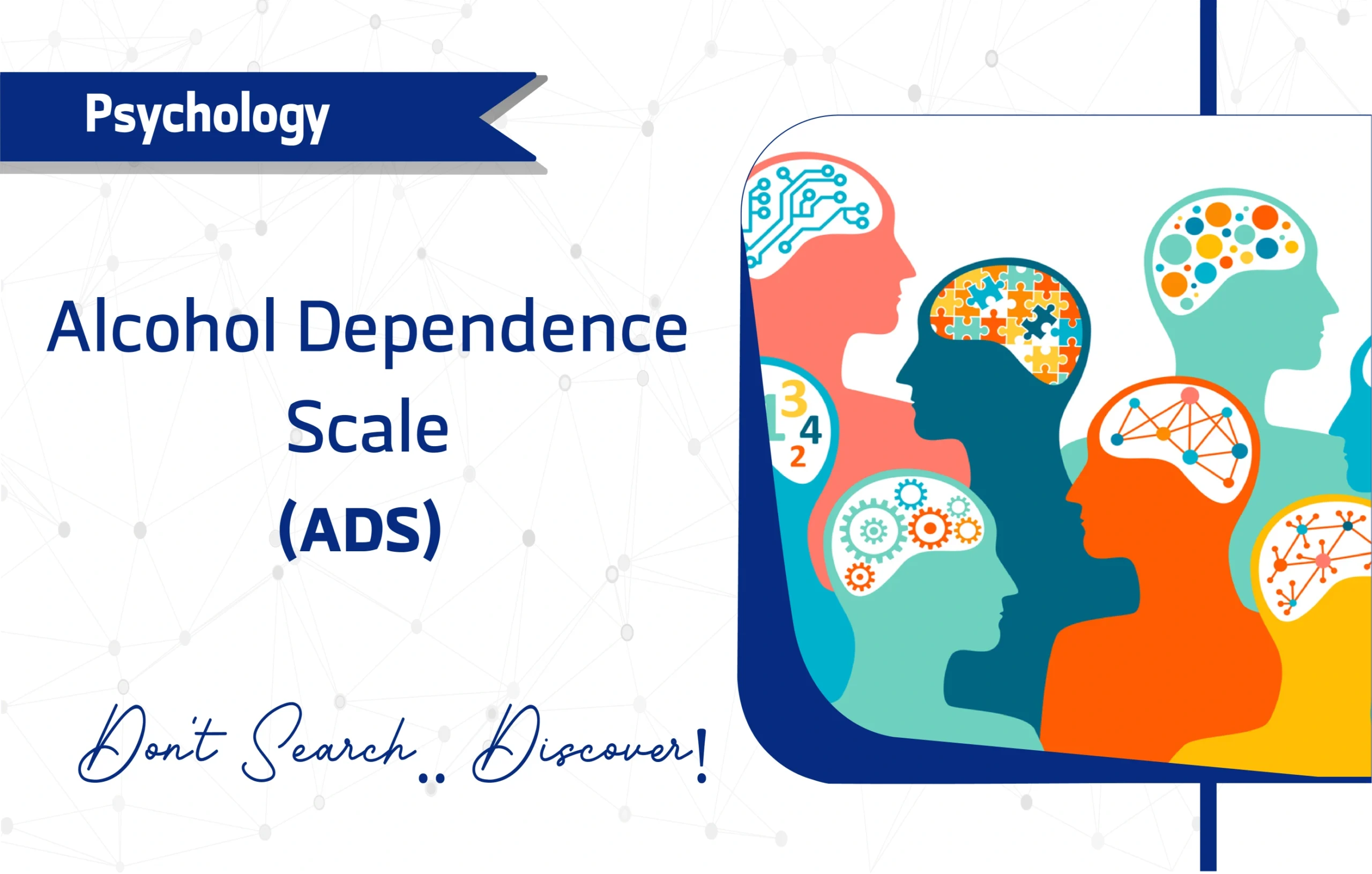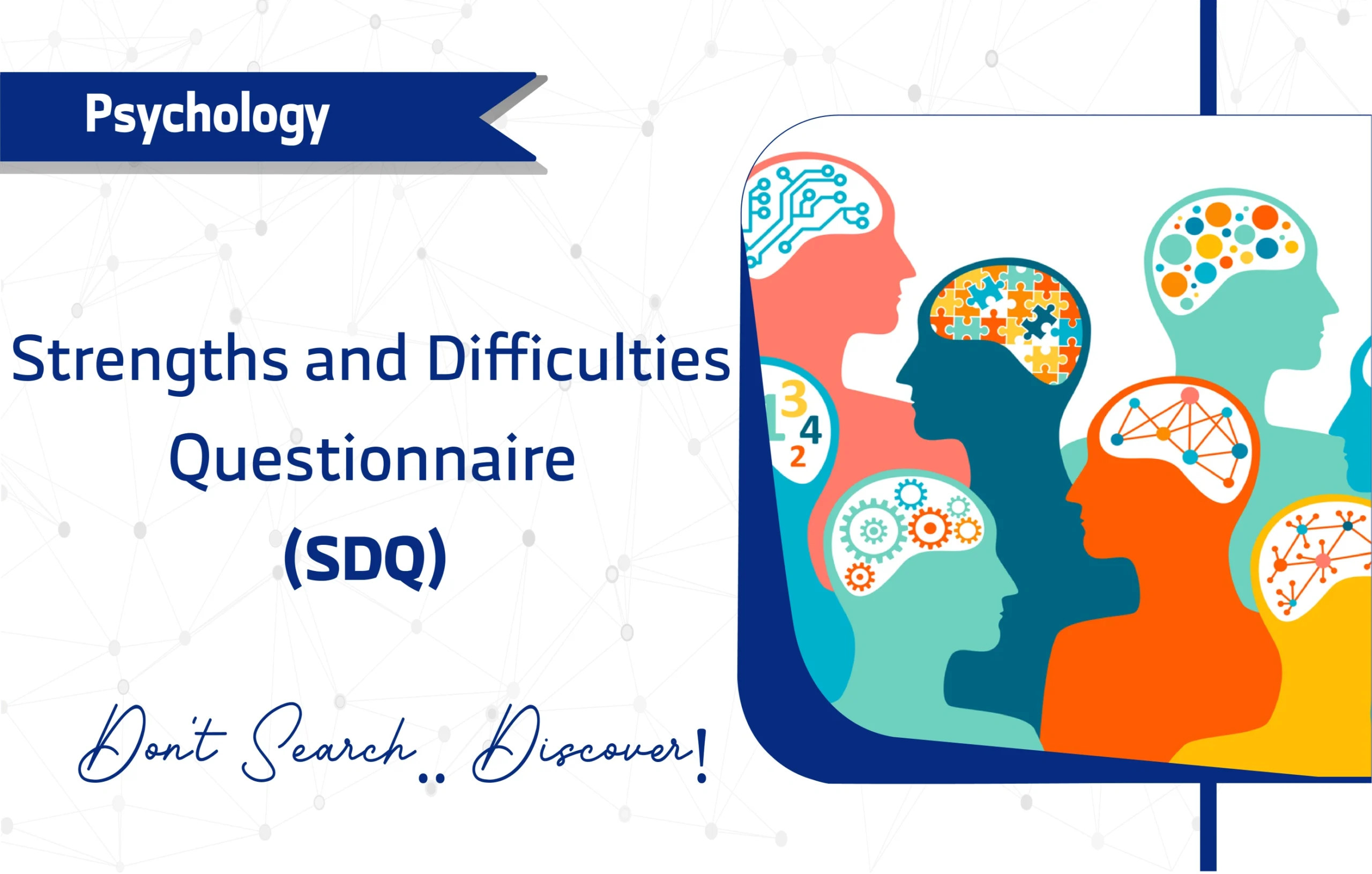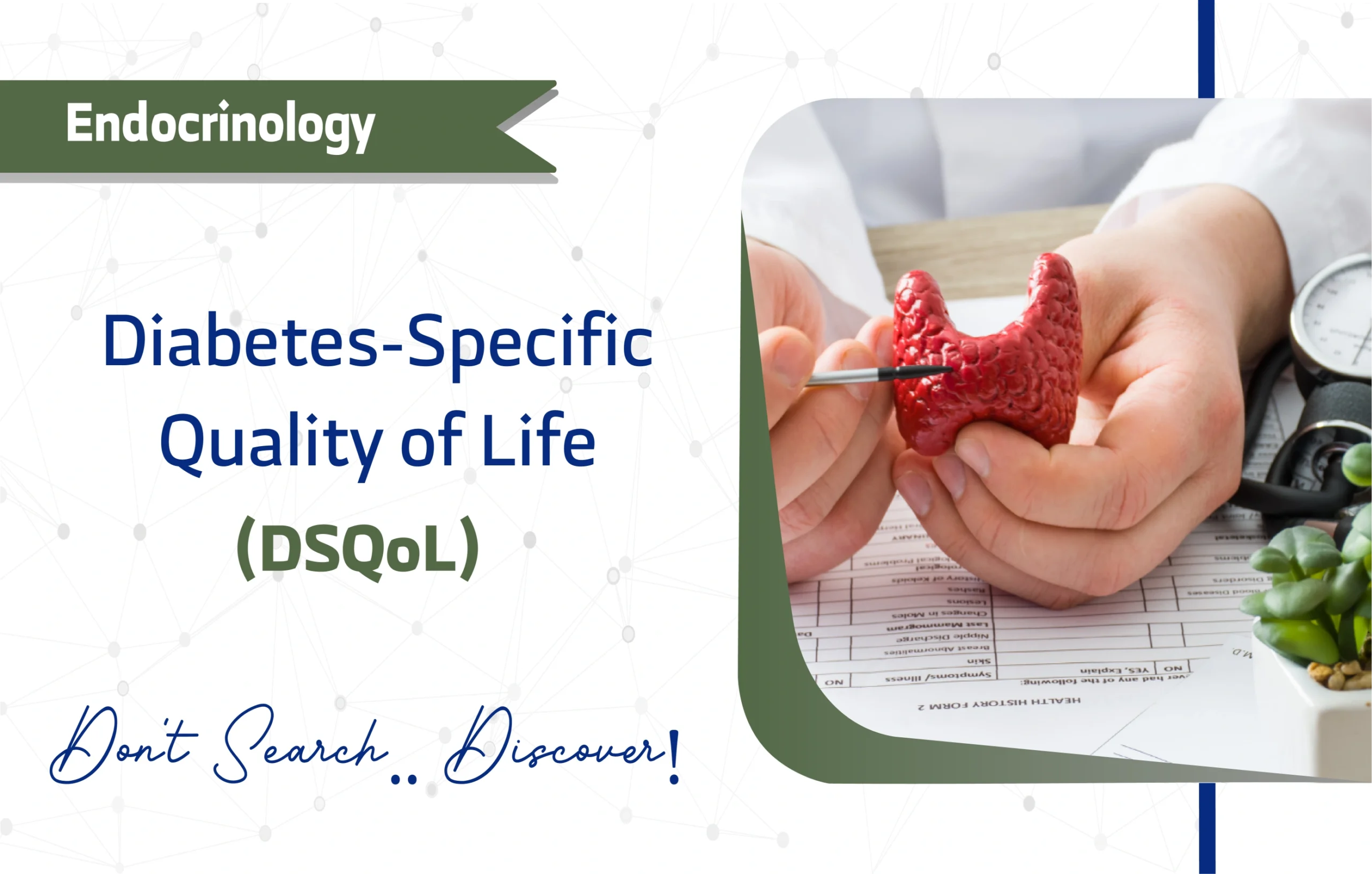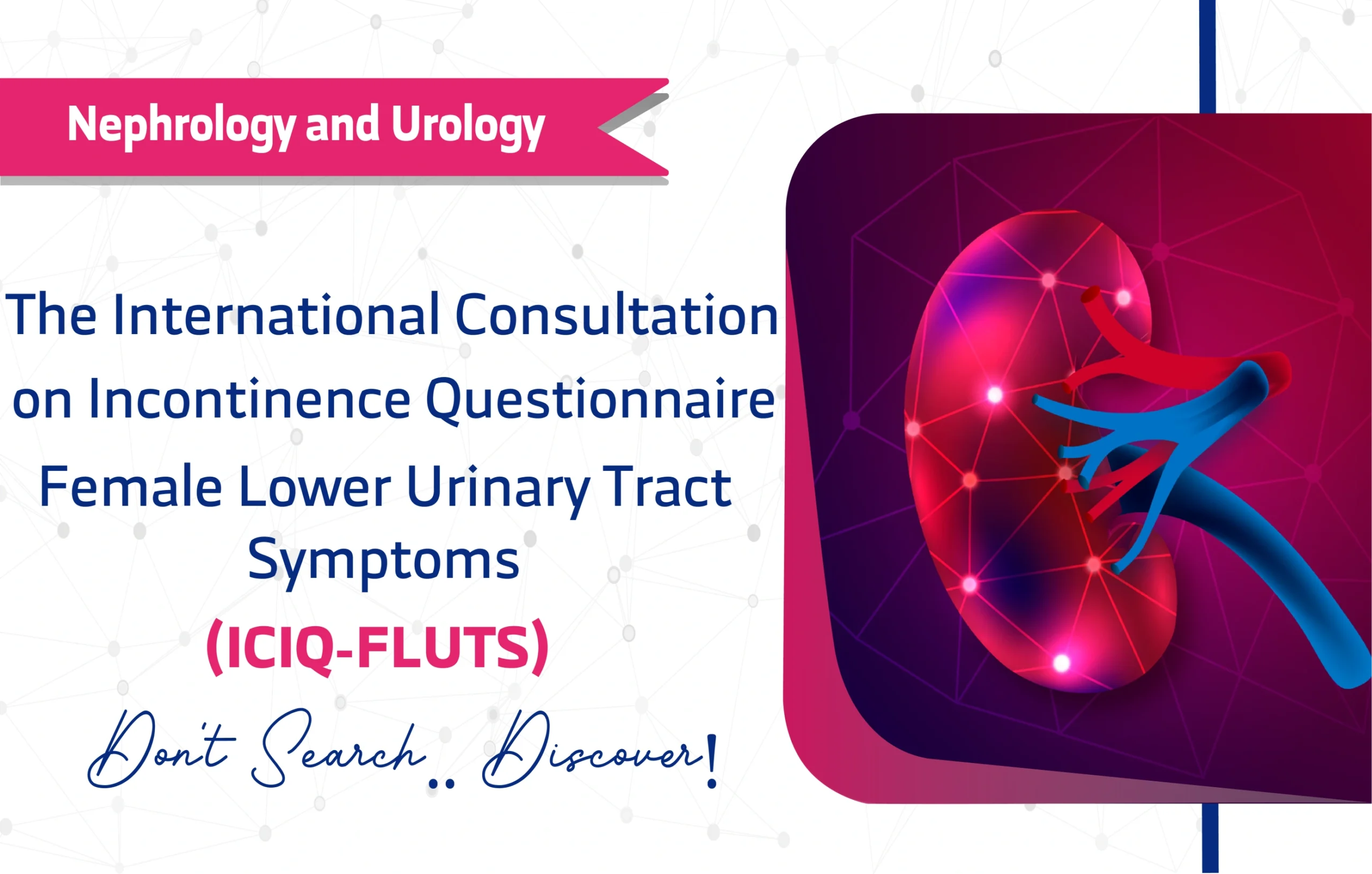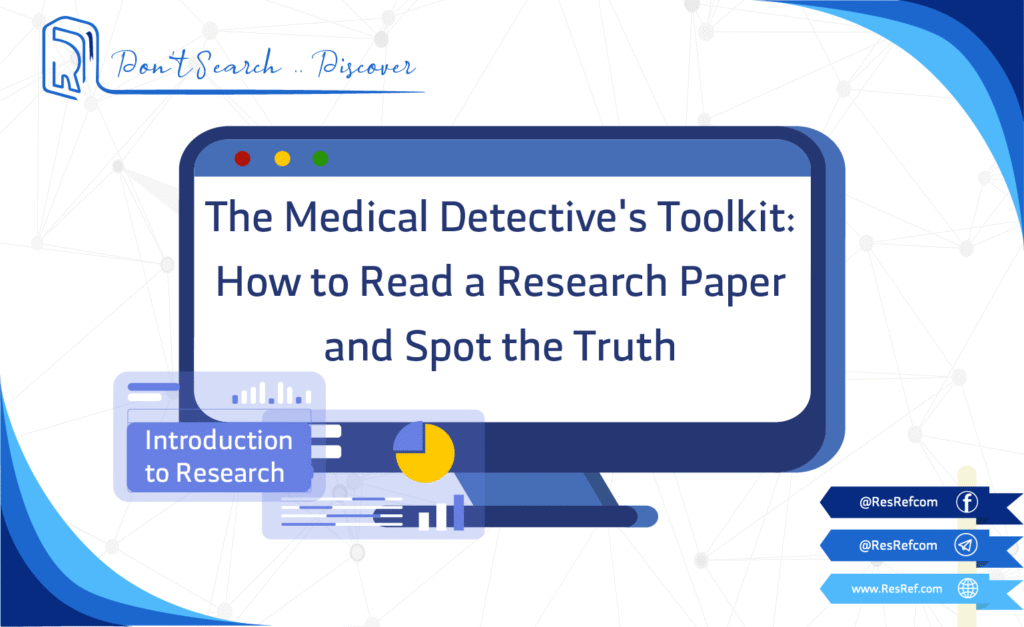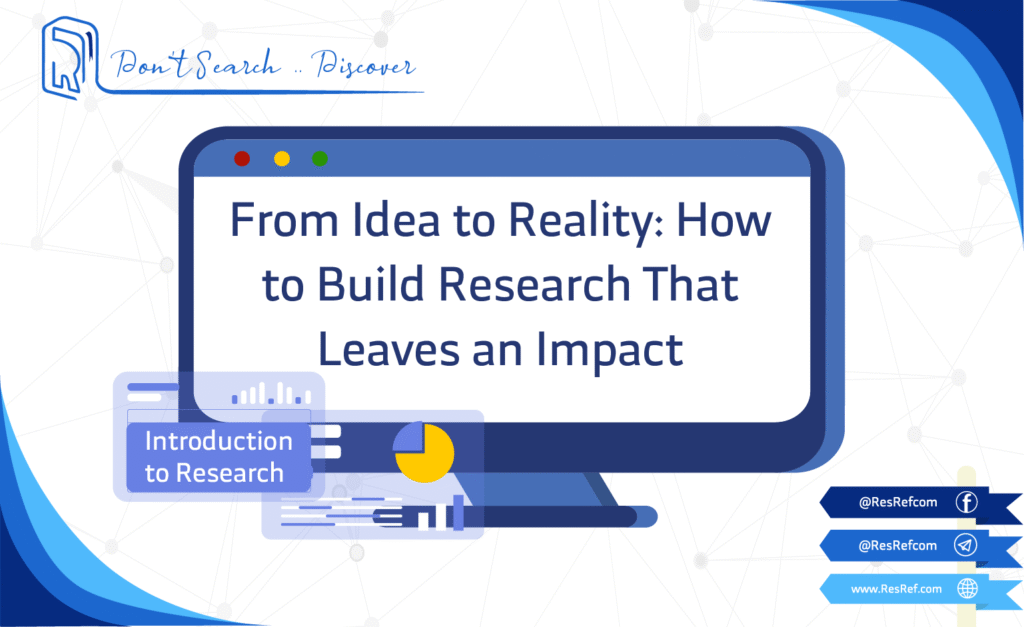Welcome to the final step of your “Introduction to Research” journey!
In this guide, we’ll uncover the detective work behind every great study — critical appraisal. You’ll learn how to evaluate research papers for validity, interpret their findings accurately, and decide whether they’re relevant to real-world practice.
By the end, you’ll have the confidence to separate solid evidence from flawed conclusions and make truly evidence-based medical decisions.
The Medical Detective's Toolkit: How to Read a Research Paper and Spot the Truth
Welcome to the final article in our “Introduction to Research” series! You’ve learned why research matters, how it’s done, and the different forms it can take. Now we come to the most important skill of all: critical appraisal. In a world with thousands of new studies published every day, you need to be a detective. Critical appraisal is the skill of systematically evaluating a research paper to decide if you can trust its findings. It’s your toolkit for separating high-quality evidence from flawed or biased research.
Why You Need to Be a Research Detective
Think of all the medical information out there. Without critical appraisal skills, you’re lost at sea. Mastering this skill is your superpower because it helps you:
- Avoid Information Overload: You can quickly spot the important and reliable studies and ignore the noise.
- Identify Bad Science: Not all research is good research. Critical appraisal helps you find the flaws, biases, and weaknesses in a study.
- Practice Evidence-Based Medicine: It’s the essential skill that allows you to find the “best evidence” to guide your clinical decisions.
- Protect Your Patients: Using findings from flawed research can lead to ineffective or even harmful treatments.
The Three Big Questions to Ask of Any Paper
When you’re appraising a study, you’re really just asking three fundamental questions:
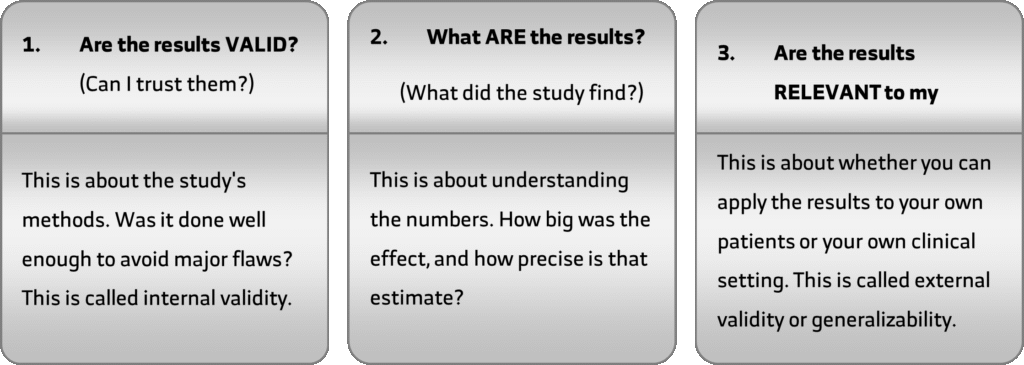
Let’s break down how to answer each of these:
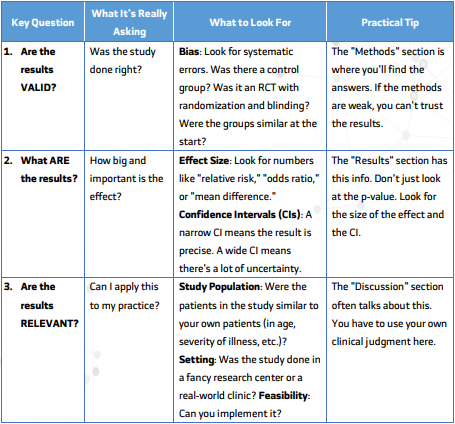
A Strategic Guide to Reading a Paper (Don’t Just Start at the Beginning!)
Reading a scientific paper is a skill. Don’t read it like a book. Use this strategic approach to get the most important information quickly:
- Title and Abstract (The 1-Minute Scan): Read these first. They give you a quick summary. Decide if the paper is even relevant to you. If not, move on!
- Discussion and Conclusion (The “So What?”): Jump to the end. Read the authors’ conclusions first. This gives you the main takeaway message and helps you understand the context.
- Results (The “What?”): Now look at the results, especially the tables and figures. They often tell the story more clearly than the text. Do the results seem to support the authors’ conclusions?
- Methods (The “How?”): This is where you put on your detective hat. Read this section carefully to assess the validity of the study. This is the most important step for critical appraisal.
- Introduction (The “Why?”): Read this last. It gives you the background, but you should already have a good idea of the study by now.
Putting It All Together: The 5 As of Evidence-Based Practice
Critical appraisal is a key part of the larger process of Evidence-Based Practice (EBP), which can be summarized by the 5 A’s:
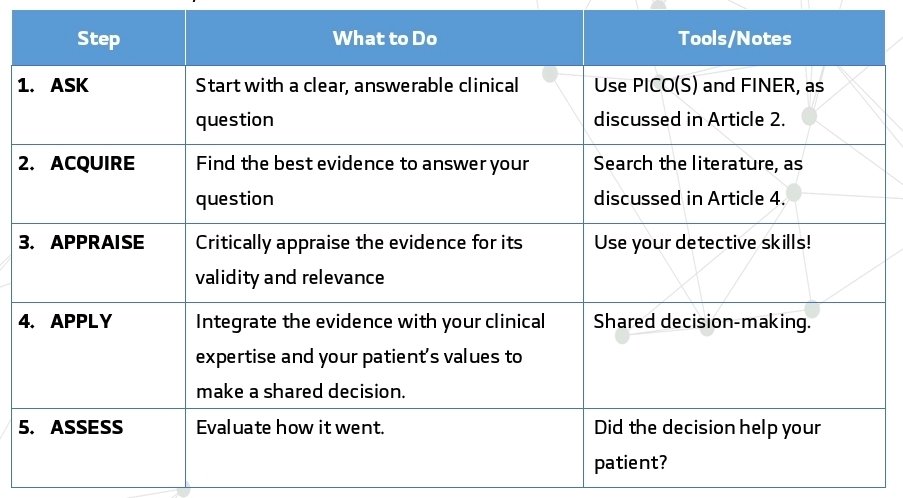
Conclusion
Critical appraisal is a skill that will serve you throughout your entire career. It empowers you to be a smart consumer of medical information, to make the best decisions for your patients, and to contribute to a culture of continuous learning and improvement. The world of medical research is always changing, but with these skills, you are now ready to navigate it with confidence.
Frequently Asked Questions (FAQ)
1. What does it mean to critically appraise a research paper?
Critical appraisal means systematically evaluating a research paper to judge whether its findings are valid, reliable, and applicable. It helps you identify study strengths and weaknesses, detect bias, and decide if the results can be trusted before applying them in clinical settings.
2. Why is learning how to read a research paper important for medical professionals?
Being able to read research papers critically protects you from misinformation and poor-quality evidence. It ensures your clinical decisions are based on sound data rather than assumptions or outdated practices, improving both patient outcomes and professional credibility.
3. What are the key elements to check when reading a research paper?
Every good reader looks for three things: validity (how well the study was conducted), results (how meaningful and precise they are), and relevance (whether they apply to your patients or practice). These core questions form the foundation of critical appraisal.
4. How does critical appraisal support Evidence-Based Medicine (EBM)?
Critical appraisal is the bridge between research and practice. It enables healthcare professionals to evaluate the best available evidence and integrate it with clinical expertise and patient values, forming the core of Evidence-Based Medicine.
A Word From ResRef
With this final step, you’ve completed the Introduction to Research journey — from understanding why research matters, to choosing the right design, building impactful studies, and finally learning how to critically appraise them. You now hold the complete toolkit to question, design, and evaluate scientific evidence with confidence — the foundation of every great researcher and every step toward better patient care.
A bilingual PDF (Arabic | English), containing the same information in an organized format, is available for download [here].


